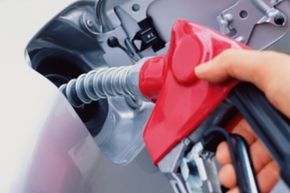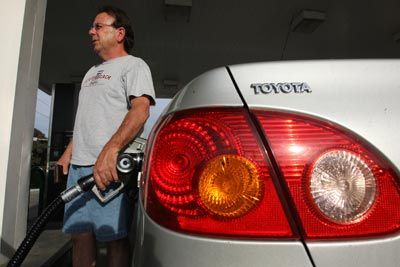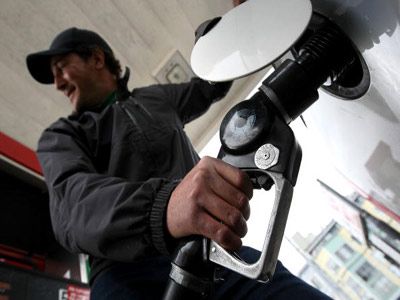When we think of automotive emissions, we often think of the dirty stuff coming out of our exhaust pipes. The internal combustion process creates noxious chemicals (like CO2 and nitrogen oxides) that are released into the air as we drive. But tailpipe emissions are controlled using a variety of systems like catalytic converters and exhaust gas recirculation systems, and they're regulated by state and federal legislation.
However, did you know that there's another type of emission that comes from our cars? They're called evaporative emissions. The gasoline in your fuel tank and in you fuel lines slowly evaporates over time, releasing volatile organic compounds into the air. The Environmental Protection Agency says there are enough of these emissions to contribute to air pollution and pose a health risk to humans [source: EPA].
Advertisement
Because of their harmful nature, the government also regulates these evaporative emissions in new vehicles. This means that carmakers are required to install evaporative emissions control systems onto every new car and truck they build. It's nothing new, really -- these systems have been in place since the early 1970s. But as technology advances, car companies find newer and more innovative ways to mitigate pollution.
In this article, we'll tell you how evaporative emissions control systems work, and learn ways you can prevent your vehicle's fuel from evaporating under certain conditions.




